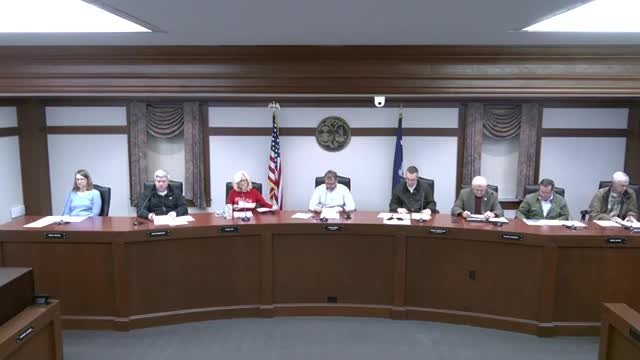Town Council addresses window signage violations and considers ordinance clarification
December 18, 2024 | Lexington, Lexington County, South Carolina
This article was created by AI summarizing key points discussed. AI makes mistakes, so for full details and context, please refer to the video of the full meeting. Please report any errors so we can fix them. Report an error »

The Town of Lexington's Planning Commission is taking steps to address increasing signage violations, particularly concerning window signage. During a recent meeting on December 18, 2024, staff reported a rise in violations related to window signs, which are currently classified as permanent wall signs under existing regulations. This classification has led to confusion and misuse, prompting the town council to direct staff to investigate how other jurisdictions manage window signage.
In response to these findings, a motion was made to clarify the existing ordinance. The proposed amendment aims to explicitly include signs that are painted or affixed to both the inside and outside of windows, ensuring that businesses with glass walls cannot exploit this as additional signage. This clarification is intended to align the ordinance with its original intent and provide clearer guidelines for businesses.
Additionally, the commission discussed the need for a timeline regarding the removal of temporary window signs. A recommendation was made to require that these signs be taken down within 30 days, reinforcing the temporary nature of such signage.
These proposed changes reflect the commission's commitment to maintaining the aesthetic integrity of the town while providing clear regulations for local businesses. As the Planning Commission moves forward, the community can expect a more structured approach to signage that balances business needs with public space considerations.
In response to these findings, a motion was made to clarify the existing ordinance. The proposed amendment aims to explicitly include signs that are painted or affixed to both the inside and outside of windows, ensuring that businesses with glass walls cannot exploit this as additional signage. This clarification is intended to align the ordinance with its original intent and provide clearer guidelines for businesses.
Additionally, the commission discussed the need for a timeline regarding the removal of temporary window signs. A recommendation was made to require that these signs be taken down within 30 days, reinforcing the temporary nature of such signage.
These proposed changes reflect the commission's commitment to maintaining the aesthetic integrity of the town while providing clear regulations for local businesses. As the Planning Commission moves forward, the community can expect a more structured approach to signage that balances business needs with public space considerations.
View full meeting
This article is based on a recent meeting—watch the full video and explore the complete transcript for deeper insights into the discussion.
View full meeting